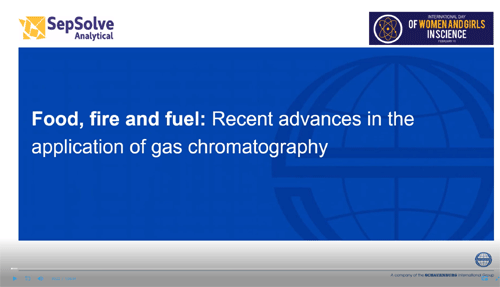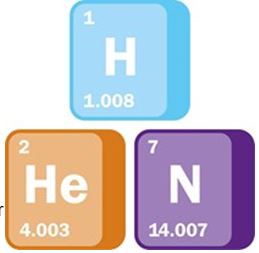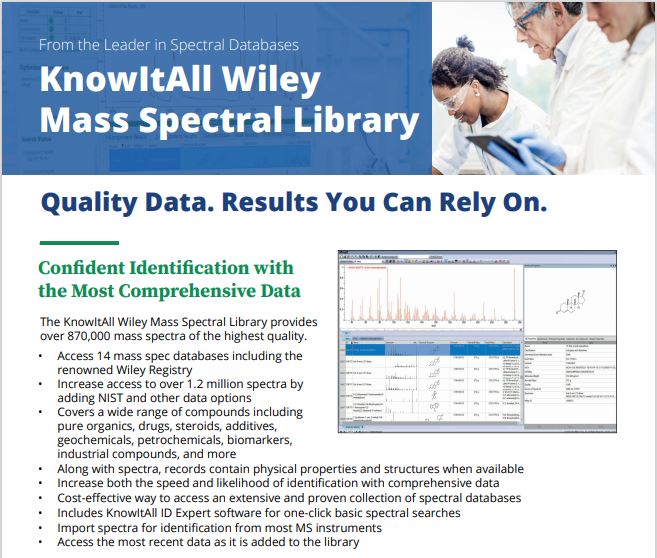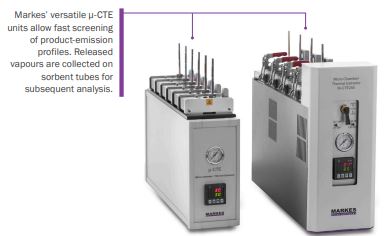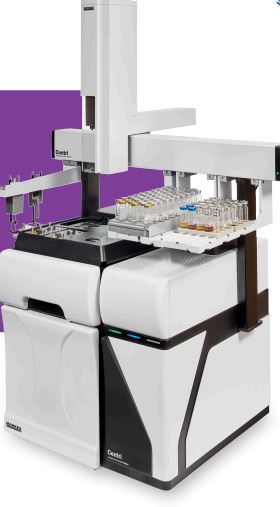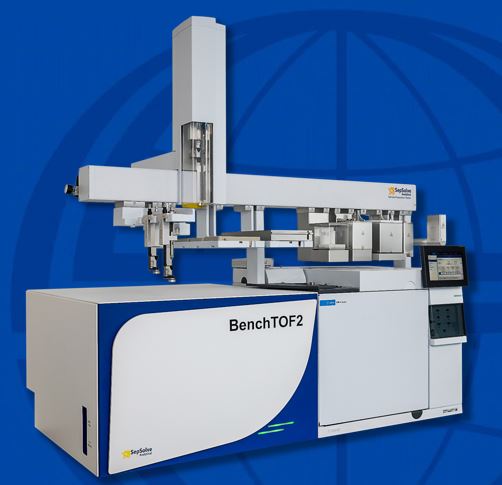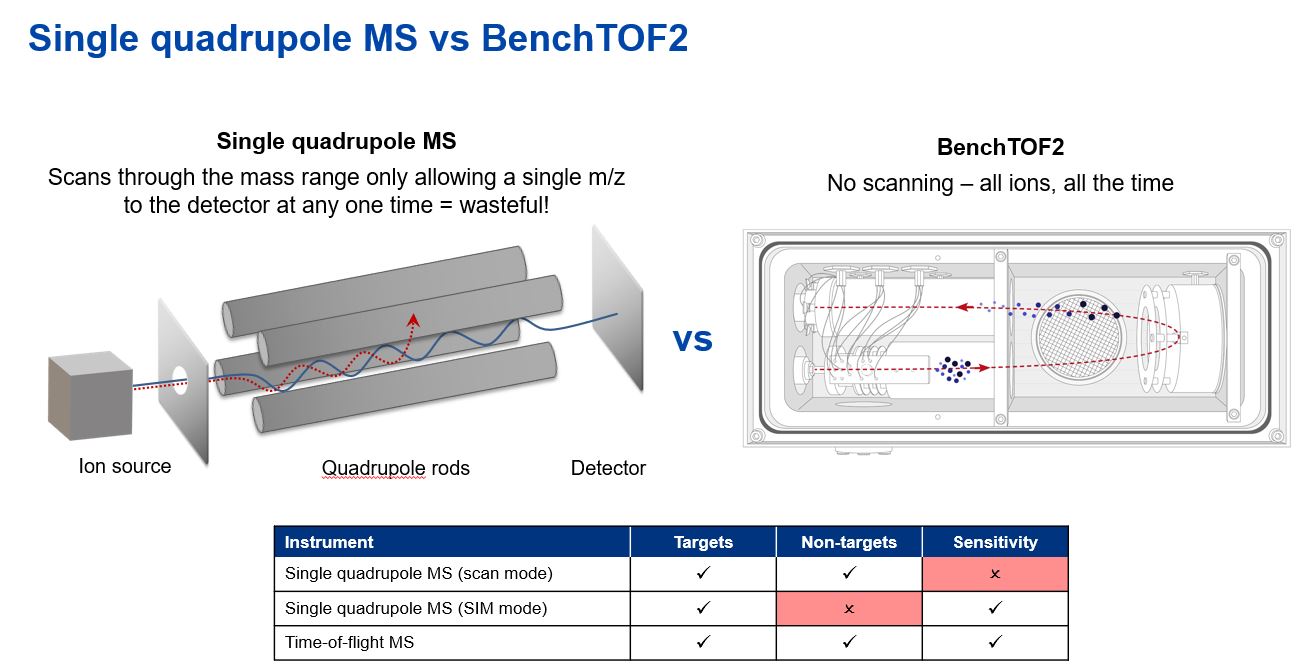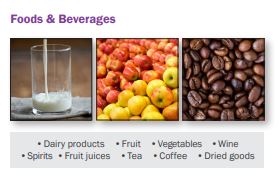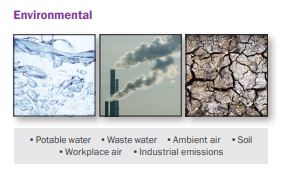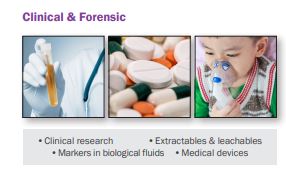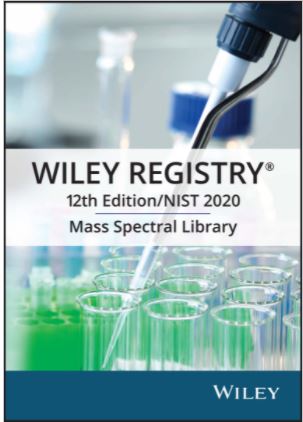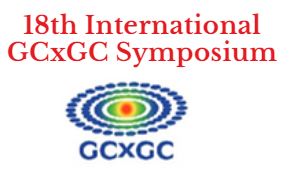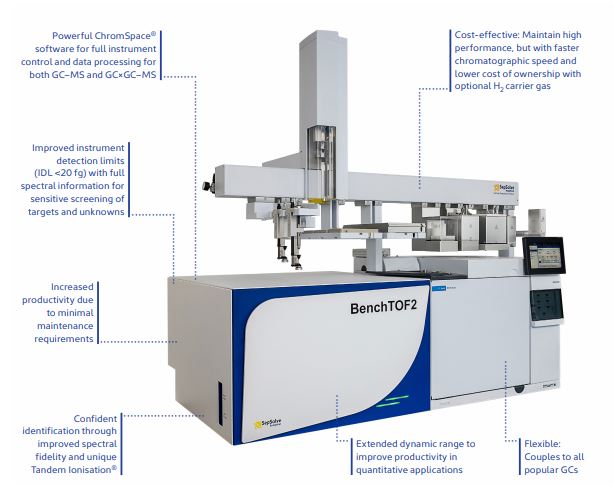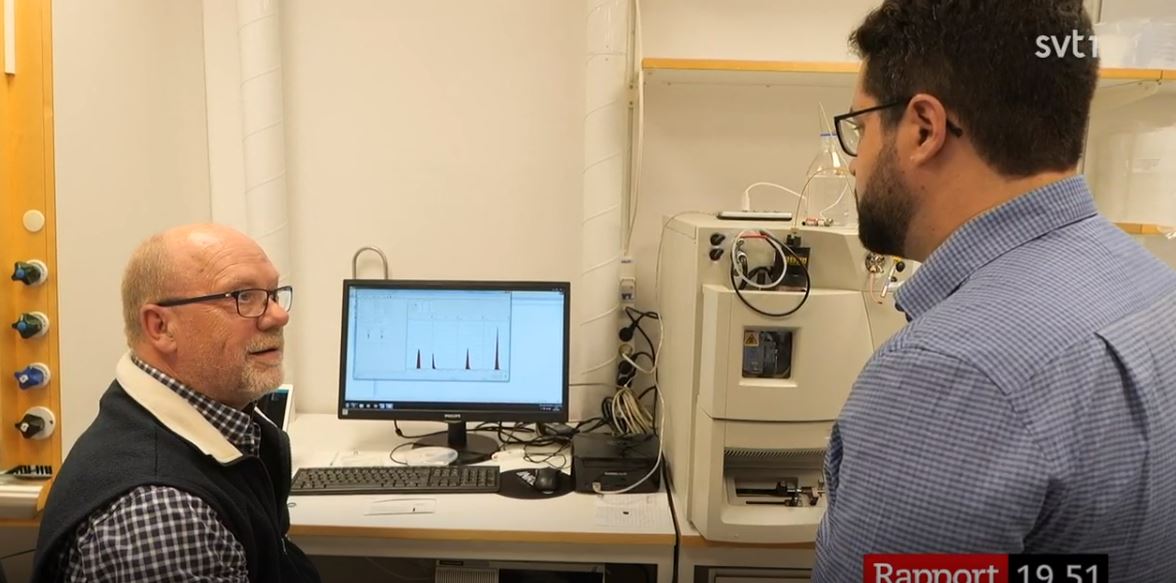Chemalys har under många år jobbat tillsammans med Cerno BioSience och deras programvara Massworks som ger förslag på rätt formelsammansättning på masspektra även från lågupplösand quadrupoler såsom ex. Agilents GC/MSD. Nu har vi vidareutvecklat GC/id (ver. 3,0) som kan göra en automatisk identifiering.
Chemalys är dessutom auktoriserad återförsäljare av bibliotek även från NIST & Wiley
- Auto RI: automatic retention index calibration without requiring the painful alkane injection, by using the sample run itself – we have just filed a patent for it last week!
- Centroid mode data processing: if a user does not require accurate mass or spectral accuracy, GC/ID V3.0 allows the user to perform everything else including Auto RI with the conventional centroid mode data. In other words, there can be no changes whatsoever in your existing workflow!
- We have also implemented a Magic Highlighter that combines all the metrics together to allow much faster and easier review of the final report


